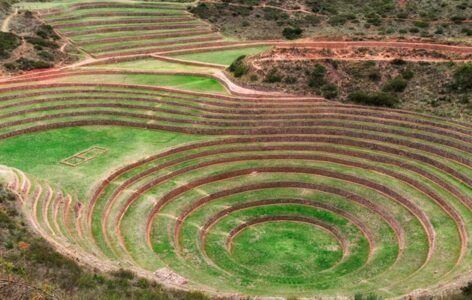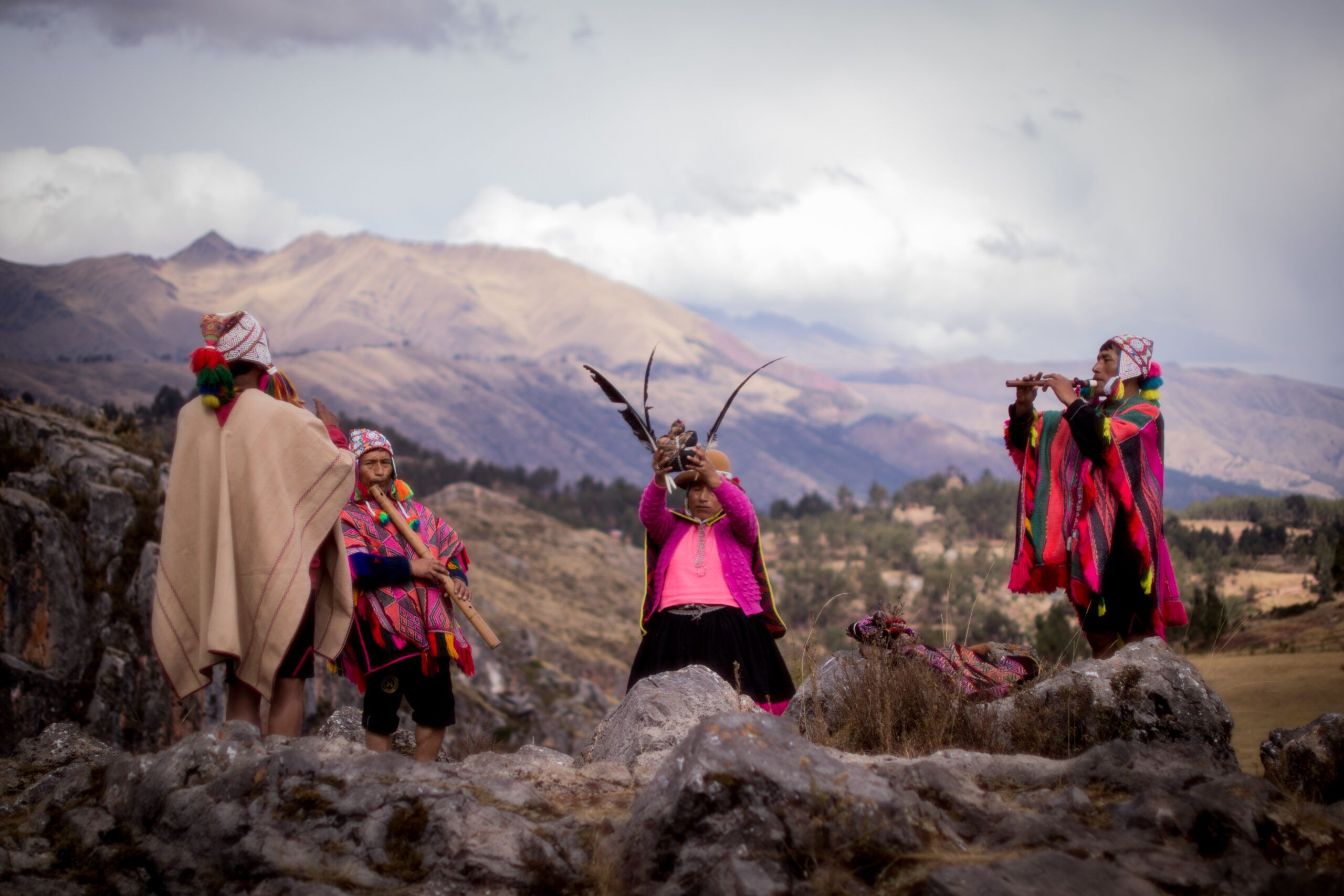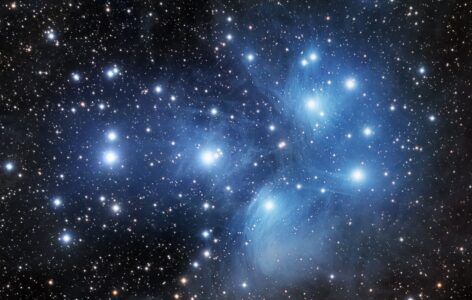In the vast night sky of the Southern Hemisphere, the Southern Cross (Chacana in Quechua) shines as a constellation deeply revered by Andean peoples. More than just a cluster of stars, it represents a cosmic symbol, an agricultural calendar, and a bridge between the divine and the earthly in Andean cosmology.
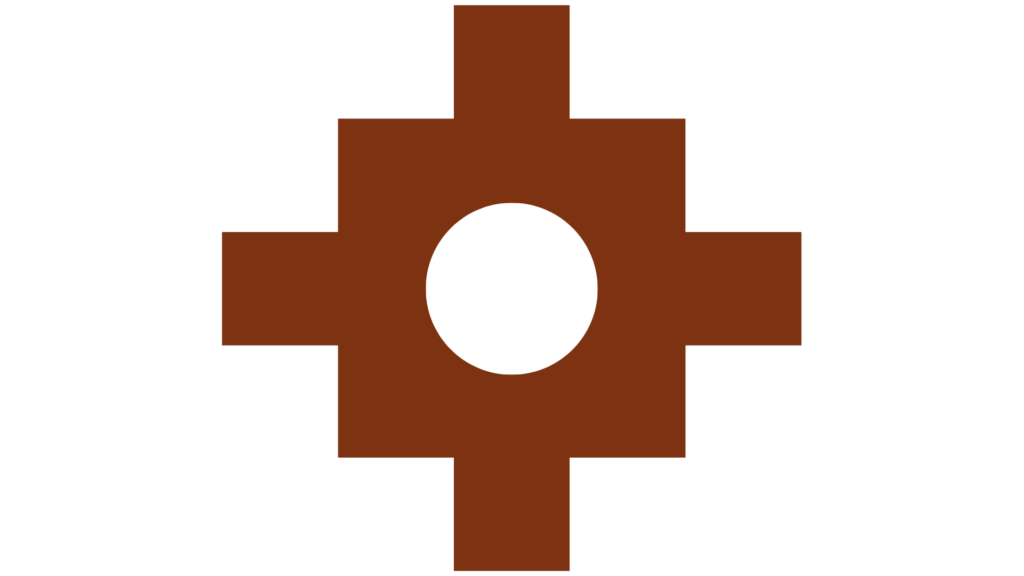
Origins and Meaning of the Southern Cross
The Southern Cross (Crux) has been observed and worshipped in the Andes since pre-Inca times. For Andean cultures, this constellation was not merely a navigational guide but also a sacred symbol representing:
- The Chacana (Andean Cross) – A stepped cross symbolizing the three worlds in Andean cosmology:
- Hanan Pacha (Upper World: celestial realm of gods and ancestors)
- Kay Pacha (Middle World: earthly plane of human existence)
- Uku Pacha (Inner World: subterranean realm of fertility and the dead)
- Agricultural Cycles – Its position in the sky marked key planting and harvest seasons.
- Astronomical Alignment – Some scholars suggest ancient Andean structures, like those at Machu Picchu, align with the Southern Cross.
The Southern Cross in Andean Rituals and Traditions
The constellation played a crucial role in:
1. Inca Astronomy & Architecture
The Incas built ushnus (ceremonial platforms) and temples aligned with the Southern Cross, using it for solstice and equinox ceremonies.
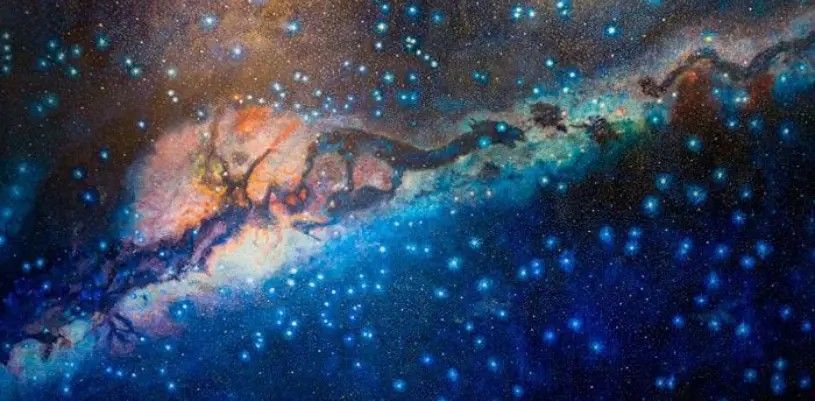
2. Navigation & Pilgrimages
Ancient Andean travelers relied on it for guidance, much like sailors did in later centuries. Sacred routes, such as those to Q’eswachaka (the last Inca rope bridge), were believed to follow celestial patterns.
3. Festivals & Offerings
Even today, during Inti Raymi (Festival of the Sun) and Qoyllur Rit’i (a pilgrimage to a glacier honoring stars and mountains), the Southern Cross is invoked in rituals. Offerings (despachos) are made to honor Pachamama (Mother Earth) and the Apus (mountain spirits).

The Southern Cross vs. The Christian Cross
With Spanish colonization, the Southern Cross’s symbolism merged with Christianity. The Chacana was reinterpreted as a Christian cross, yet its deeper Andean meaning persisted in:
- Weavings & Art – Many traditional textiles feature the stepped cross design.
- Oral Traditions – Elders still teach that the constellation connects the living with ancestors.
How to Observe the Southern Cross in the Andes
If you’re in Cusco or the Sacred Valley:
- Best Viewing Months: April–September (dry season, clearer skies).
- Sacred Sites: Visit Sacsayhuamán or Ollantaytambo at night for stargazing.
- Guided Tours: Some astronomy tours explain Andean celestial beliefs.
Bibliography
- Bauer, B. (1998). The Sacred Landscape of the Inca: The Cusco Ceque System. University of Texas Press.
- Urton, G. (1981). At the Crossroads of the Earth and the Sky: An Andean Cosmology. University of Texas Press.
- Zuidema, R.T. (1964). The Ceque System of Cusco: The Social Organization of the Capital of the Inca. E.J. Brill.
- Salomon, F. (2004). The Cord Keepers: Khipus and Cultural Life in a Peruvian Village. Duke University Press.
- “Andean Cosmovision” (2015). Museo de Arte Precolombino, Cusco.

